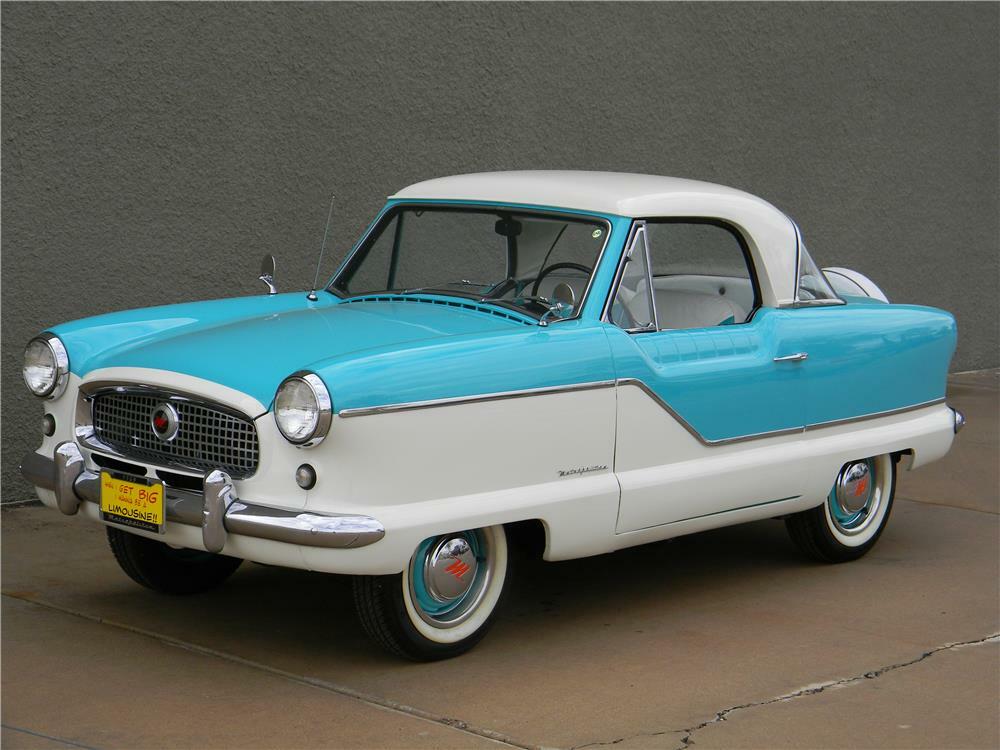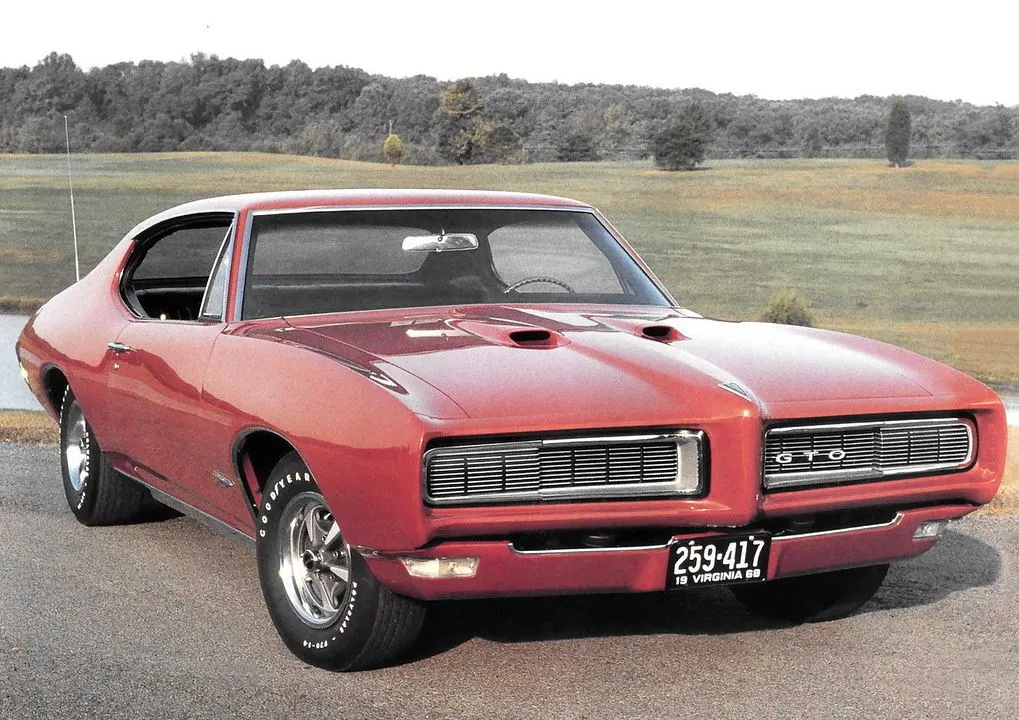In the tumultuous landscape of American automotive history, few cars have left an indelible mark like the 1968 Plymouth Road Runner. Emerging in an era marked by political upheaval and social change, this iconic muscle car roared onto the scene with a singular purpose: to deliver high-performance thrills without breaking the bank. In this article, we'll take a deep dive into the 1968 Plymouth Road Runner, exploring its history, design, performance, and its enduring legacy in the world of classic automobiles.

The Birth of a Legend

The late 1960s marked a significant period in American history. The counterculture movement was in full swing, civil rights protests were on the rise, and the nation was deeply embroiled in the Vietnam War. Amid this backdrop, the American automobile industry was experiencing a horsepower race, with automakers vying for dominance in the muscle car market.
In 1968, Plymouth, a division of Chrysler, introduced the Road Runner as a response to this competitive environment. Named after the popular cartoon character, Wile E. Coyote's relentless pursuit of the elusive Road Runner, this car was designed to be a no-nonsense, high-performance machine that didn't carry the frills and hefty price tags of other muscle cars.
Design and Styling

The 1968 Plymouth Road Runner's design was both iconic and understated. It was based on the mid-size Belvedere platform but featured unique styling elements that set it apart. Its distinctive features included a blacked-out grille, prominent hood scoop, and a cartoon Road Runner decal on the sides.
The exterior was available in an array of vibrant colors, reflecting the bold and adventurous spirit of the era. Optional extras included racing stripes and a vinyl top, giving buyers the chance to customize their Road Runner to their liking.
Performance Prowess

What truly made the 1968 Plymouth Road Runner shine was its performance. It was equipped with a range of potent engines that catered to various levels of power and speed. The base engine was a 383 cubic inch V8 that produced a respectable 335 horsepower. However, for those who craved more, Plymouth offered the mighty 426 Hemi V8, a legendary engine that unleashed a staggering 425 horsepower and 490 lb-ft of torque. This powerhouse could propel the Road Runner from 0 to 60 mph in just over 6 seconds and cover the quarter-mile in under 14 seconds.
To complement its robust engines, Plymouth equipped the Road Runner with heavy-duty suspension, beefier brakes, and a four-speed manual transmission or a three-speed automatic. These components worked in harmony to provide a thrilling driving experience that was unmatched in its class.
Interior Comfort

While the 1968 Plymouth Road Runner was primarily built for speed and performance, it didn't neglect driver and passenger comfort. The interior featured high-back bucket seats, a sporty steering wheel, and a minimalist dashboard with a functional design. Options for added comfort included air conditioning, power windows, and a premium sound system, making the Road Runner a versatile choice for both weekend warriors and daily drivers.
The interior of the 1968 Plymouth Road Runner was characterized by its simplicity, durability, and functionality. It was designed to provide a comfortable driving experience without unnecessary frills, reflecting the car's mission of delivering high-performance thrills at an affordable price. While it may not have been as opulent as some of its luxury-oriented counterparts, the Road Runner's interior perfectly suited its role as a no-nonsense muscle car.
Legacy and Impact

The 1968 Plymouth Road Runner left an enduring mark on American automotive history. Its no-frills, high-performance approach resonated with buyers of the era and set a standard for future muscle cars. It also played a role in popularizing the muscle car subculture, with its distinctive appearance and legendary powerplant earning it a place in the hearts of enthusiasts.
The Road Runner was not just a successful model; it became an icon. Its image appeared in various forms of media, including movies, television shows, and even in the world of professional wrestling. The car's unmistakable "beep-beep" horn, mimicking the cartoon character's sound, added to its charm and recognition.

In 1969, Plymouth introduced a hardtop version and additional engine options, further solidifying the Road Runner's status as a muscle car legend. The Road Runner's success also led to the creation of other budget-friendly muscle cars within the Chrysler family, such as the Dodge Super Bee.
Pop Culture Icon

The Road Runner's popularity extended to music, with several songs paying homage to the car. Perhaps the most famous is the song "Beep Beep" by The Playmates, which humorously narrates a race between a Cadillac and a "Little Nash Rambler" trying to outrun a Road Runner.
The Road Runner also made appearances in various films and TV shows, further cementing its status as a pop culture icon. It appeared in movies like "Two-Lane Blacktop" and "Fast & Furious 6."
Conclusion

The 1968 Plymouth Road Runner, born in a tumultuous time of American history, emerged as a symbol of power, performance, and affordability. Its timeless design, potent engines, and no-nonsense attitude made it a standout in the muscle car landscape. Today, the 1968 Road Runner is a sought-after classic, cherished by collectors and car enthusiasts alike.
As we reflect on its legacy, the Road Runner serves as a reminder of the enduring appeal of American muscle cars and their ability to capture the spirit of their era. The Road Runner's "beep-beep" might have faded into the past, but its legend continues to run strong on the open road, forever remembered as one of the most iconic muscle cars of all time.



